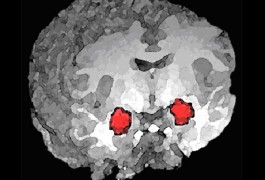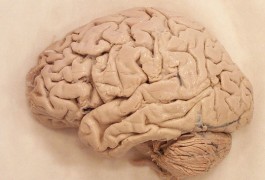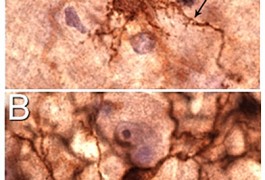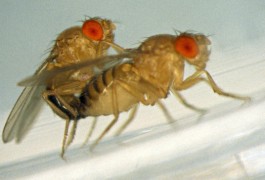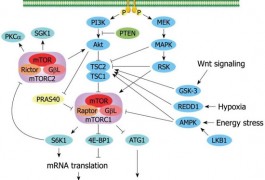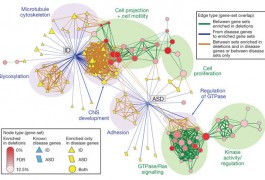Estrogen reverses autism-like features in mice
Two new studies provide clues that may explain sex differences in autism prevalence. Italian researchers have found that injecting estrogen into the brains of young male mice reverses some of the structural and behavioral changes associated with low levels of reelin — a brain protein that has been previously implicated in autism — and the effects endure into adulthood.










